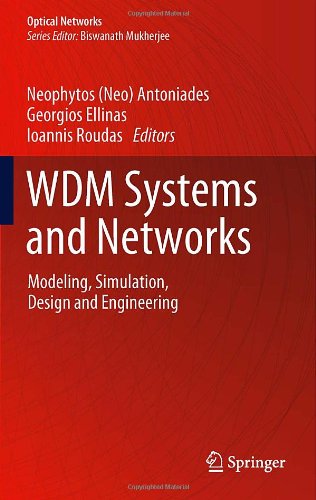

Most ebook files are in PDF format, so you can easily read them using various software such as Foxit Reader or directly on the Google Chrome browser.
Some ebook files are released by publishers in other formats such as .awz, .mobi, .epub, .fb2, etc. You may need to install specific software to read these formats on mobile/PC, such as Calibre.
Please read the tutorial at this link: https://ebookbell.com/faq
We offer FREE conversion to the popular formats you request; however, this may take some time. Therefore, right after payment, please email us, and we will try to provide the service as quickly as possible.
For some exceptional file formats or broken links (if any), please refrain from opening any disputes. Instead, email us first, and we will try to assist within a maximum of 6 hours.
EbookBell Team

4.3
48 reviewsModeling, Simulation, Design and Engineering of WDM Systems and Networks provides readers with the basic skills, concepts, and design techniques used to begin design and engineering of optical communication systems and networks at various layers. The latest semi-analytical system simulation techniques are applied to optical WDM systems and networks, and a review of the various current areas of optical communications is presented. Simulation is mixed with experimental verification and engineering to present the industry as well as state-of-the-art research.
This contributed volume is divided into three parts, accommodating different readers interested in various types of networks and applications. The first part of the book presents modeling approaches and simulation tools mainly for the physical layer including transmission effects, devices, subsystems, and systems), whereas the second part features more engineering/design issues for various types of optical systems including ULH, access, and in-building systems. The third part of the book covers networking issues related to the design of provisioning and survivability algorithms for impairment-aware and multi-domain networks.
Intended for professional scientists, company engineers, and university researchers, the text demonstrates the effectiveness of computer-aided design when it comes to network engineering and prototyping.